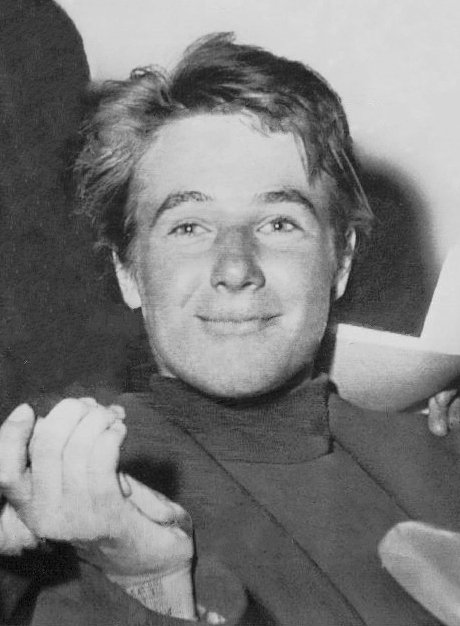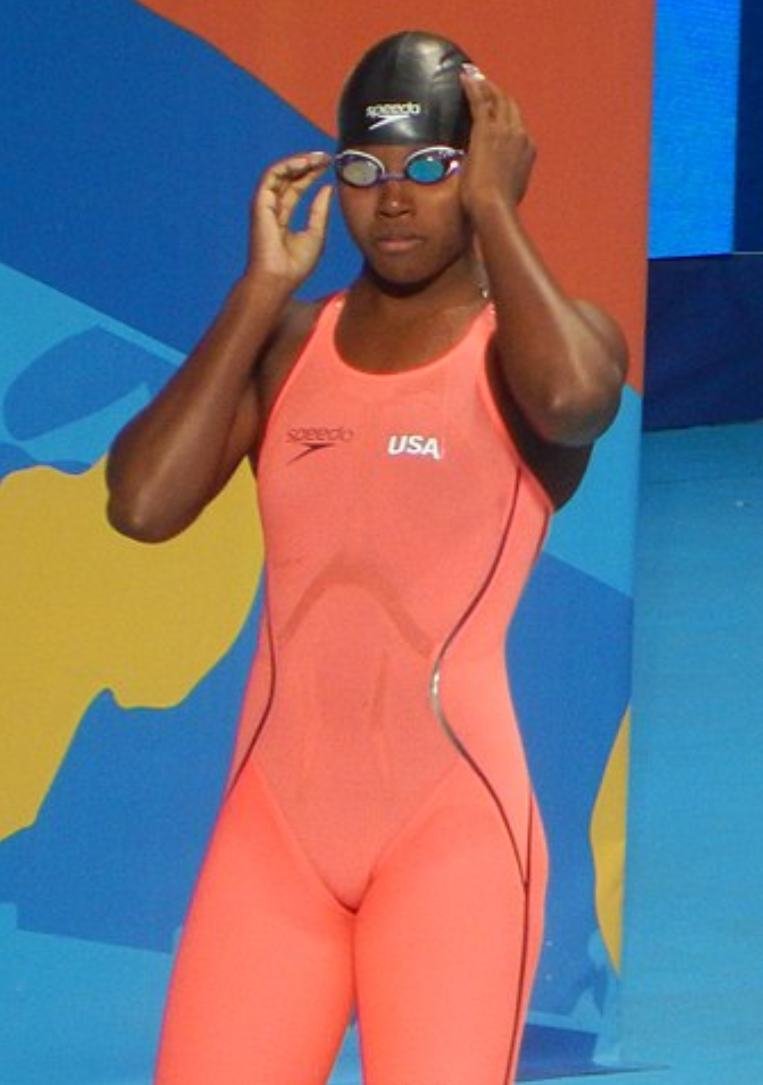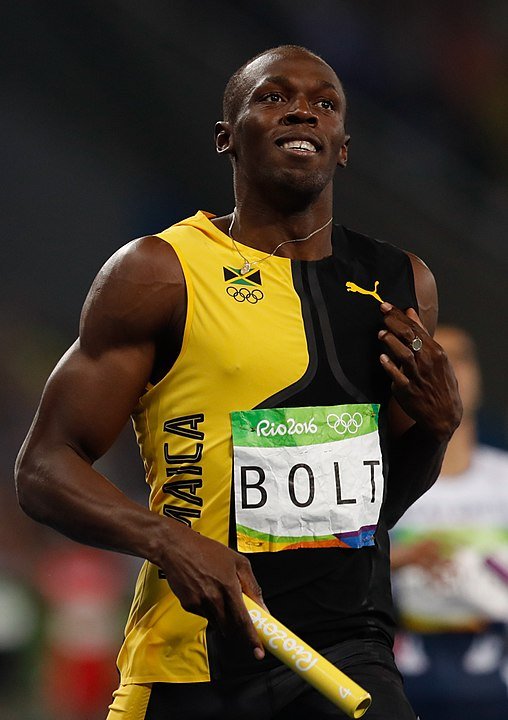Heidi Biebl’s Early Beginnings: The Foundation of a Winter Warrior
A Childhood Forged in Postwar Shadows
Heidi Biebl’s first skis might as well have been carved from heartache. Born on 17 February 1941 in Oberstaufen, Bavaria (Germany), she entered a world still smoldering from war’s devastation. The Alps that cradled her village bore silent witness to a family fractured by conflict—her father lost to the Eastern Front, her mother left to stitch together survival in a broken Germany. At age six, when other children memorized nursery rhymes, Heidi learned the weight of responsibility, balancing firewood on her slight shoulders while ration cards dictated their meals.
The Mountain as Both Teacher and Torment
The snowy slopes became Heidi’s refuge and classroom. Her mother, Resi, a former ski instructor with work-roughened hands, taught her to carve turns on hand-me-down wooden planks. “Ski like the wind owes you money,” Resi would say, her breath visible in the frosty air as they practiced by moonlight after long days repairing war-damaged barns. These stolen twilight sessions – feet numb in battered boots, mittens crusted with ice – planted the seed of something extraordinary.
Overcoming Adversity: When Survival Trumps Sport
The Crucible of Responsibility
By fourteen, Heidi’s life revolved around survival, not slalom gates. Dawn found her milking cows at neighboring farms, afternoons spent scrubbing floors for wealthier families. The Olympic rings might as well have been constellations for a girl who measured wealth in potatoes stored for winter. Yet in rare moments, when sunlight glinted off fresh powder, she’d race village boys down the church hill, her laughter echoing through valleys still pockmarked by artillery fire.
A Secret Rebellion on Skis
The winter of 1958 became Heidi’s silent act of defiance. Without telling her mother, she entered a regional junior race, strapping on skis held together by wire and hope. Placing third earned her a tin of coffee and a jar of marmalade—luxuries her family hadn’t tasted since before the war. More importantly, it caught the eye of a retired coach who saw fire beneath her frostbitten cheeks. “Come train properly,” he urged, but Heidi shook her head. “Mutti (german for “mom”) needs me home.”
Heidi Biebl’s Pivotal Moments: From Bavarian Peaks to Olympic Glory
The Miracle Qualification
Fate intervened in 1959 via a crumpled flyer at the village post office: Olympic trials in Garmisch. Heidi arrived hours late after hitching rides on milk trucks, her racing suit patched at the knees. Officials scoffed until she flew down the course with a wild, desperate grace – a style born of dodging tree roots on unsupervised runs. When the clock stopped, she’d bested Germany’s pampered darlings by two full seconds.
Squaw Valley’s Frozen Stage: February 20, 1960
At California’s Squaw Valley Olympics, the downhill course became Heidi’s reckoning. Icy winds whipped at her numbered bib as she stared down the “Schuss of Death” slope, a 1,828-meter descent with a 553-meter vertical drop58. French favorite Anne Heggtveit had just posted a blistering time. Heidi’s mind flashed to Bavarian winters – her mother’s hands guiding her skis, the smell of burning pine logs, the weight of expectation from a village still rebuilding.
What happened next entered Olympic lore. Heidi attacked the course like it owed her family’s survival, her braids streaming behind like victory pennants. At the final jump, spectators gasped as she caught air—eight meters of defiance against gravity and circumstance. The clock froze at 1:37.6. Gold.
Heidi Biebl’s Legacy: The Quiet Power of Perseverance
Championing the Unseen
Post-Olympic life saw Heidi shun fame, returning to run her family’s gasthaus. Yet her influence simmered beneath the surface. When the Munich Olympics needed ambassadors in 1972, she demanded equal training facilities for women – a radical notion at the time. Later, she quietly funded ski programs for war orphans, never seeking publicity.
The Eternal Flame
Heidi Biebl passed away on 20 January 2022 at age 80 in Immenstadt, Bavaria, following complications from a venous leg condition.
Her gold medal remains displayed beside vintage skis in Oberstaufen’s Heimatmuseum, a testament to her journey from postwar hardship to alpine immortality312. “The mountain doesn’t care about your medals,” she once told visitors to her inn. “It only respects those who keep climbing.”
Defiance in Motion: When Limbs Became Legends
Heidi Biebl’s Alpine grit finds its echo in Wilma Rudolph’s lightning. Struck by polio as a child, the Tennessee sprinter traded leg braces for wings, outrunning segregation and scarlet fever to blaze across Rome’s 1960 Olympics. Three gold medals later, the woman doctors said would never walk became a beacon for the marginalized—proof that firestorms grow from the smallest sparks. Her journey from infirmity to immortality mirrors Biebl’s truth: champions aren’t born in comfort, but forged in refusal.
Photo by: De Unknown (Associated Press) – [1], Dominio público, https://commons.wikimedia.org/w/index.php?curid=92234432




